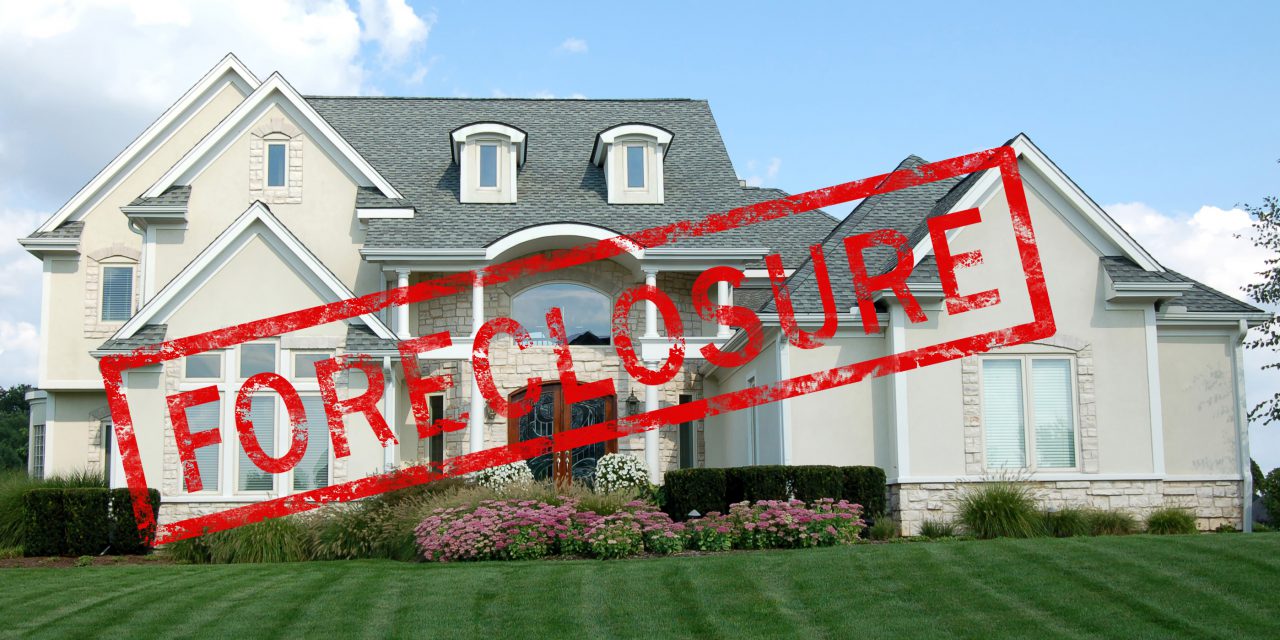Foreclosures are back — in a big way.
With the federal foreclosure moratorium ending June 30, 2022 for single-family residentials (SFR), the safety net homeowners relied upon throughout the pandemic is officially dismantled.
Without this protection, foreclosure starts are steadily increasing nationally and are nearing pre-pandemic levels, according to MPA.
The foreclosure process begins after homeowners are delinquent on 90-days or three-months of mortgage payments. Once this occurs, the mortgage lender issues the homeowner a Notice of Default (NOD).
When the homeowner is unable to rectify the monetary default to reinstate the loan, the lender may initiate foreclosure proceedings. Homebuyers once assured by the meteoric price spikes of the last two years are now learning all about foreclosure as the housing market recession has arrived.
California has the highest number of foreclosure starts in the nation with:
- 7,368 foreclosure starts during the third quarter (Q3) this year; and
- 2,275 foreclosure starts in Los Angeles alone, according to ATTOM.
The total number of foreclosure starts in the nation stands at 67,249 in Q3 2022. California encompasses a whopping 10.9% of that total, reinforcing its national reputation as unaffordable. Los Angeles does not fare much better among individual metros, ranking third nationally in number of foreclosure starts.
The numbers paint a dire situation — California residents are on the frontlines of a national housing crisis.
With the Federal Reserve’s steadfast commitment to fighting inflation with interest rate hikes, real estate professionals face a tough market ahead. Agents will need to change course to stay afloat in the choppy waters ahead.
Return of the REOs
California faces an undeclared recession, given the National Bureau of Economic Research’s silence. With job losses expected to rise, more properties will fall into foreclosure, bringing an inverse boost to real estate owned (REO) properties.
In the years following the 2008 recession and foreclosure crisis, REO sales made up half of all home sales. For any agent or broker to truly make a living — especially during the lean economic times ahead — REO properties present a ripe opportunity, whether in representing the buyer or seller (bank/servicer).
Though REOs will not reach the significant levels of their 2008-2012 peak, they nonetheless promise steady income. Agents and brokers looking to take advantage of this opportunity will rebrand as REO specialists.
Real estate professionals can diversify their network by becoming an insider agent — the person who is the first to know when a new property hits the market — and stay ahead of the rest of the pack.
In times of economic hardship, insiders build relationships with key industry players around them, including:
- mortgage lenders;
- servicers; and
- mortgage loan originators (MLOs).
By carefully nurturing these relationships, the REO specialist will set themselves up as the first point-of-contact for REO property sales. With traditional listings dwindling, as recent home sales volume indicates, ensuring a reliable revenue stream is all the more important.
The economic slowdown will not last forever. By padding their professional networks today, agents can maintain their practice long enough to reap the reward when listings recover to a sustainable level.
In the meantime, follow the ebb and flow of foreclosures in your local service area — and California at large — by subscribing to firsttuesday’s weekly newsletter: Quilix.
Related article:














